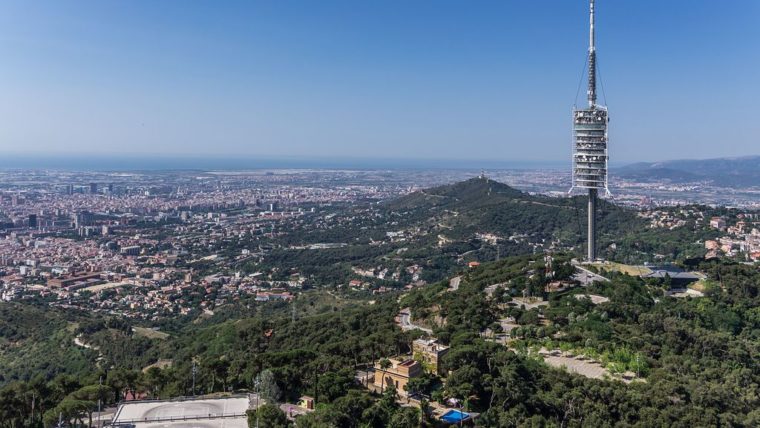New action plan to reduce the presence of wild boar in the city
In a bid to tackle the problem of wild boar in the city, the Directorate for Animal Rights has drafted an action plan for 2022-2023 in conjunction with the Wild Fauna Ecopathology Service from the UAB, to help reduce the presence of the animal in urban areas and cut the volume of incidents they generate.
Through the coordination board for the Collserola Natural Park, the plan has been shared with the rest of the municipalities facing the same problem. The board sessions are also used to share management strategies, which include culls authorised by the Government of Catalonia in established areas of the park.
Actions envisaged include:
- Maintain woodland clearance so far carried out in the districts of Horta-Guinardó and the south of Nou Barris, extending it to the north of Nou Barris, Gràcia, Sarrià-Sant Gervasi and Les Corts. This practice reduces comfort zones and respite areas for the animals.
- Protect waste bins, particularly in areas above the Ronda de Dalt and in the mountain areas, where anti-tipping containers have been installed.
- Communication to make people aware that feeding wild boar causes the animals to lose their instincts, meaning they end up living in poor conditions in urban settings and lose their fear of humans. Traffic is a hazard and they generate conflicts which mean they need to be captured and put down. Communication measures will entail information, training and fines, with the City Police involved, plus the detection and reduction of direct sources of food.
- Protect food left for feral cat colonies at locations near the park. Ideally, this might mean shifting or concentrating controlled locations of cat colonies, starting with those between Collserola and the Ronda de Dalt and then gradually moving towards the inner city with the goal of diminishing the attraction of cat food for wild boar, whose acute sense of smell mean they can detect it from kilometres away.
- Contract for scheduled capture and means of trapping boar to reduce the number of animals and conflicts. This tendering process is under way and seeks to boost the volume of captured animals through an overall budget for two services of 120,889,06 euros, with action planned at conflictive locations.
Scheduled capture
These actions are complemented with the need to annually carry out the scheduled capture of conflictive wild boar used to the urban environment.
The number of wild boar culled since 2014 in the entire Collserola area and the municipalities which form part of it stands at 584 per year on average, with a significant rise in 2021 as a result of the pandemic. Barcelona registered 1,202 incidents and 196 captures in 2021 (107 reactive and 89 scheduled).
Scheduled captures are planned in eight areas where at least 16 effective captures are needed (two sessions per area). These points, where capture is by a falling net, are located around the five mountain districts. The captures will be in the spring and early summer, which is the best time for them.
The captures will be supervised by the Wild Fauna Ecopathology Service, with authorisation by the Catalan government’s Ministry for Agriculture, Livestock Farming and Fishing. The capture point will be monitored in advance to determine the volume and characteristics of the groups of wild boar there. The practice of anaesthetising and putting down the captured animals will be carried out by various veterinary specialists.
Means of trapping animals
As a complementary action, cage traps will also be installed at conflictive spots. The current contract allows for the installation of a mobile cage, in addition to the two fixed cages in Llars Mundet and in the Parc del Laberint.
Reactive action has been needed on occasions, when wild boar have entered the city, within the Ronda de Dalt ringroad. In these cases, the established protocol is for the City Police to activate the SEFAS service to capture the animals, anaesthetise them, put them down and carry out a necropsy on them at the UAB.









